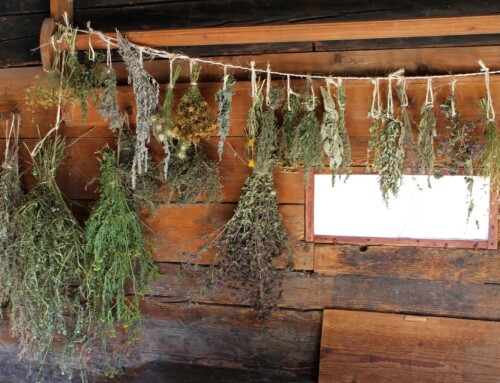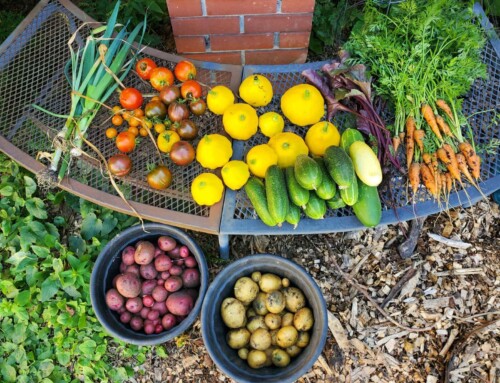Creative Cooking with Winter Squash:
Pictured here is a delicious stuffed squash meal Ute made for us one week at our Community Lunch. Using a small sized winter squash cut in half makes 2 individual servings. You would make the rice stuffing separately, but do a final bake with butter or grated cheese.

We don’t have the recipe written down, so be creative and use this one as a guide.
Heard of Pumpkin Lasagna?
Another Brooksdale favourite at this time of the year is pumpkin cooked and used as the main ingredient (besides cheese) in Lasagna.
Main Steps: Roast your pumpkin cut-side down, add water to bottom of baking dish and cover with aluminum foil, bake at 400F for about 30 -40 mins. You want the flesh to be tender but not too soft. Cool, cut off skin and slice thinly.
Tomato Sauce – oil, onion, garlic, diced tomatoes. Add brown sugar, pumpkin pie spice mix (Cinnamon, ginger, nutmeg, allspice, ground cloves), salt, pepper
Cheese mixture – 2.5 cups ricotta, 1 cup shredded mozzarella. Topping: use 2 cup shredded cheddar/romano
Assemble – Grease 9×13 pan,
Bake – Cover with Aluminum foil and bake 30mins, uncover and bake for another 10-15 mins till cheese is bubbling and slightly brown. Let stand for 15 mins before cutting.
*Below is an excerpt from our Community Shared Agriculture weekly newsletter. There has been an abundant crop of Winter Squash this year from the A Rocha Brooksdale Environmental Centre!
Nutritional Wonder: Winter Squash
Winter squash is packed FULL of key antioxidants called carotenoids, especially carotene and beta-carotene. Winter squash is among the top three food sources in the carotenoids lutein, zeaxanthin and beta-cryptoxanthin.
If you roast the seeds of winter squash (like pumpkin) you can benefit from healthy fats: 75% of the fat found in the seeds is omega 6 fatty acids! You also can find plenty of omega 3 fats in the flesh of winter squash…who knew?
Why care about fatty acids? Fatty acids are important for all systems of the body to function normally, including your skin, respiratory system, circulatory system, brain and organs. And the two fatty acids that the body can’t produce on its own (and therefore needs to be acquired through food) are omega 3 and 6. These two fats are especially important for brain development, immune system function and blood pressure regulation!
Finally, the starch components in winter squash have awesome anti-inflammatory, anti-diabetic and insulin-regulating properties.
I think that squash should be re-named: super-food.
And not only is it amazing for your body, but it’s so delicious!
Have fun trying out this squash recipe (this recipe is similar to the one which the amazing Ute, our A Rocha hospitality coordinator, spoiled us with this week!)






